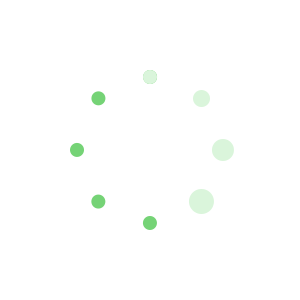雅思考试的每一部分都不是容易的,听力,口语,阅读,写作,都是一点点的积累,然后运用之。阅读题最是展现你词汇量,逻辑理解的时候了,平时的阅读积累就显得尤为重要,多看多读多练习。下面是有出国留学网为你整理的《雅思阅读考前必看:Reviving autopsy》,希望对你的雅思考试有所参考价值,考出一个好的成绩。
雅思阅读:Reviving autopsy
TECHNOLOGY advances not only through new inventions, but also by the imaginative application of old ones. And one of the most ancient forms of scientific investigation, the post-mortem autopsy, may be ripe for just such a technological upgrade. According to a paper in this week's Lancet, published by Ian Roberts of the John Radcliffe Hospital, in Oxford, it may soon be time to put away the scalpel and the retractor clamp, and to replace them with the body scanner.
The study of death is never a cheerful topic, but it has gone through a particularly gloomy patch over the past few decades. A recent tally by America's Centres for Disease Control and Prevention showed that in 2007 only 8.5% of deaths in America were investigated by autopsy. In 1972 that figure was 19.3%. Britain's coroners are more active, but perhaps not more accurate. Twenty-two percent of deaths in the United Kingdom lead to an autopsy. According to a government review, however, one in four is of miserable quality. The upshot in both cases is not just that the cause of individual deaths may be misascribed. More seriously, data about the processes of disease are lost, and those diseases are thus not as well understood as they might have been. Squeamish relatives of the deceased, too, often do not like the idea of bodies being cut up at the behest of coroners. Britain's health department therefore commissioned Dr Roberts to study whether scanning dead bodies in the way that is routine for living ones would help. His conclusion is that it would.
Rather than slicing the body with a knife, scanning slices them with radiation. Computerised tomography (CT) uses X-rays to collect information from many angles, and a lot of processing power to convert that information into cross-sectional images of a body's inner tissues. In forensic cases CT scans are often used to spot fractures and haemorrhages. Dr Roberts found them adept at noticing diseased arteries, as well. The other widespread scanning technique, magnetic-resonance imaging (MRI), uses radio waves and is best suited for exploring the detail of soft tissues.
Though both of these technologies have been around for a long time, they have had only limited use in autopsies. America's authorities conduct CT scans of dead soldiers—but such scans are employed to augment traditional post mortems, not replace them. Some coroners in England, spurred on by the religious objections of Jews and Muslims, do allow scans rather than conventional autopsies in certain cases. But the accuracy of these scans is unknown. Dr Roberts is the first to provide data on whether scanning might replace conventional methods.
He and his colleagues examined 182 bodies in Manchester and Oxford. Radiologists studied CT and MRI scans of these bodies, made diagnoses based on them, explained their confidence in these diagnoses, and judged whether the scans might thus preclude the need for a full autopsy. Within 12 hours of each scan, a pathologist then performed a conventional autopsy, so that Dr Roberts could compare the new methods with the old.
The scans were far from perfect. The rate of discrepancy between the cause of death, as determined by radiology and as determined by conventional autopsy, was 32% for CT scans, 43% for MRI and 30% for a combination of CT and MRI. Most troubling, the scans had difficulty showing heart disease, a common killer. However, radiologists were good at identifying which diagnoses were sound and which needed to be re-evaluated by a full autopsy. When they felt confident in their diagnoses—which was the case for 34% of CT investigations and 42% of MRIs—the discrepancy between the results from scanning and those from autopsies was lower. For CT scans, it was just 16%.
That is still a significant gap, of course. But not all of it is caused because traditional methods are better. For one body, for example, scanning revealed a lethal stroke that dissection missed.All this suggests that scans might play a useful role in determining causes of death. When a radiologist is confident in the diagnosis from a scan, a traditional autopsy might be unnecessary. When he is less confident, his scan could still be a useful guide for the wielder of the knife.
Automating autopsies by using scanners might also make them cheaper, by speeding the process up. And it could be done with otherwise-redundant machines that have been replaced for use on live patients with modern devices which give off less radiation. That would get rid of the need to buy new kit to cope with the extra demand for scans. A thorough study of the costs of both approaches would be needed, of course, and traditional autopsies are unlikely to disappear completely. But for some deaths, a scan will likely prove better than a scalpel.



